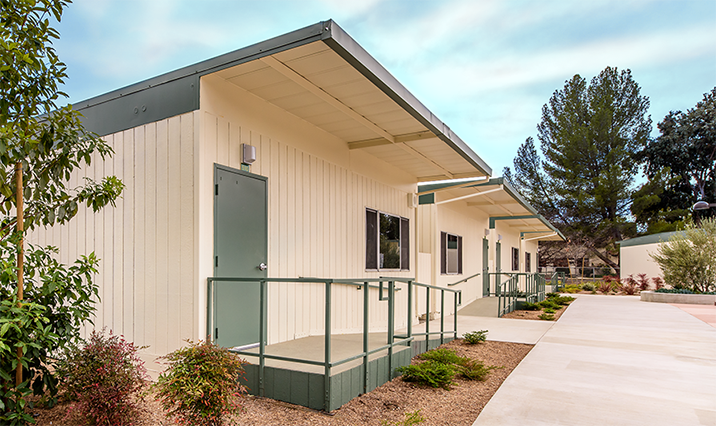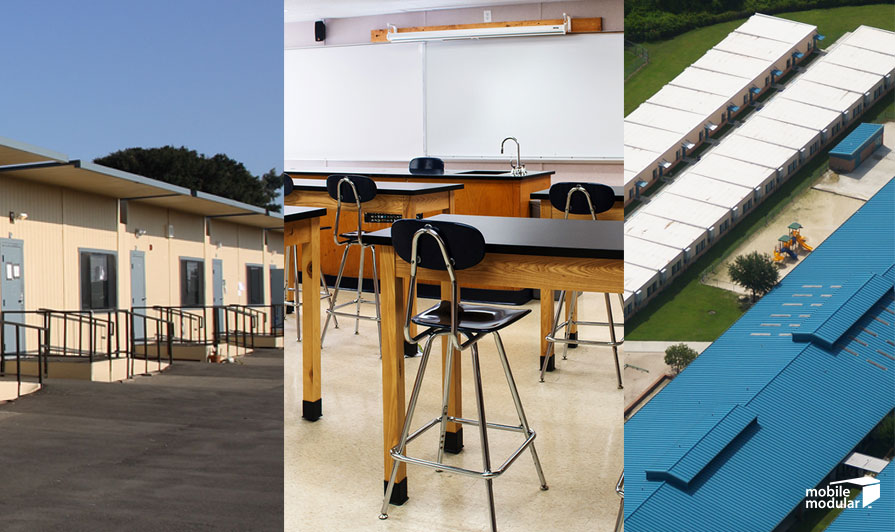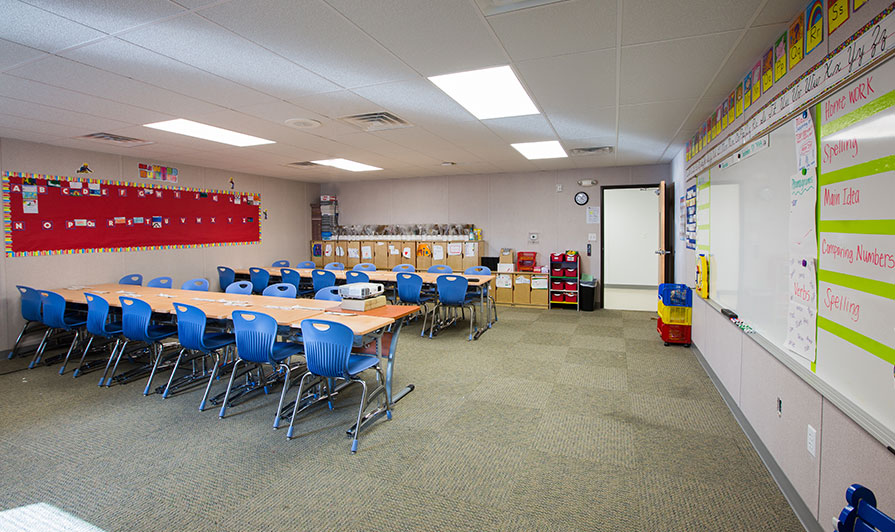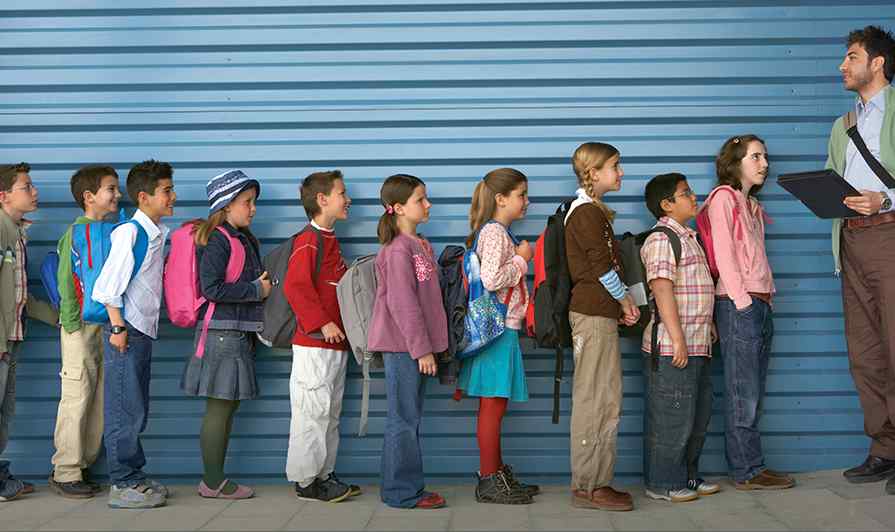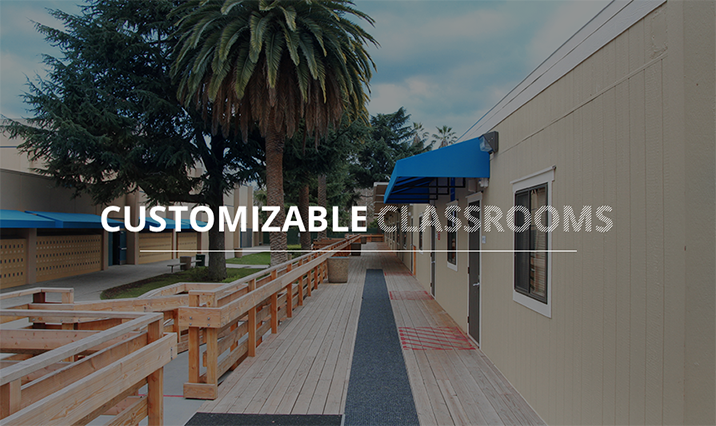The Campus Maker Hybrid is truly the classroom of the future. Its eco-friendly design, comfortable learning environment, and price point sets this modular classroom apart. Educational institutions can now join the global green trend with these energy efficient classrooms and save more in the long term.
Read about our pre-fab and custom modular buildings and how they are the right solution for your classroom needs.
Teachers and educators today must equip students for careers that are multi-faceted and ever evolving. Modular classroom construction and its ability to adapt to the needs of the future can enhance a teachers' ability to impart knowledge and allow students to practice new skills.
Did you know that 97 percent of children as young as four use mobile devices, regardless of family income level? With children using technology at such young ages, technology in the classroom is no longer a choice. The question educators must ask today is – how well do devices and technology in my classroom help students learn better?
Green modular classrooms are bringing eco-friendliness out of textbooks into the world for students. How cool would it be if kids, who learn about reducing their carbon footprint, could study in a truly energy-efficient classroom?
Ever since our journey began in 1979, Mobile Modular has strived to provide best-in-class modular education building systems.
As school enrollments continue to rise, schools face the challenge of finding classroom space. With this growth, there are several other issues to address. For example, larger classroom structures start to raise questions on sustainability, integration of technology, and funding.
According to the National Center for Education Statistics, the average age of American public school buildings is around 44 years old.
Enrollment in charter schools over the last 10 years has tripled with extensive wait lists.
The National Clearinghouse for Educational Facilities (NCEF) reported in 2010 that the total number of school-aged children within the United States would increase from less than 60 million to nearly 80 million over the next 40 years.


